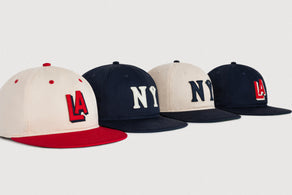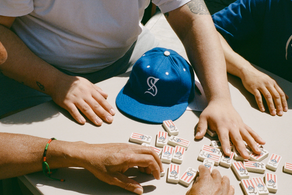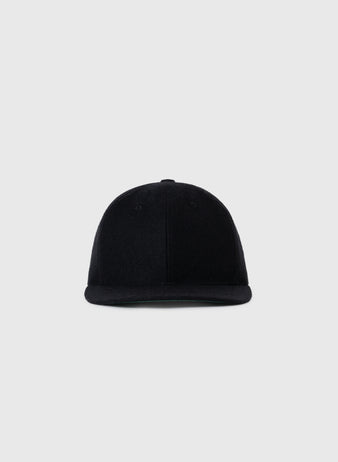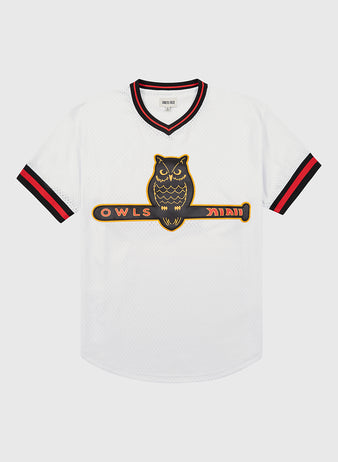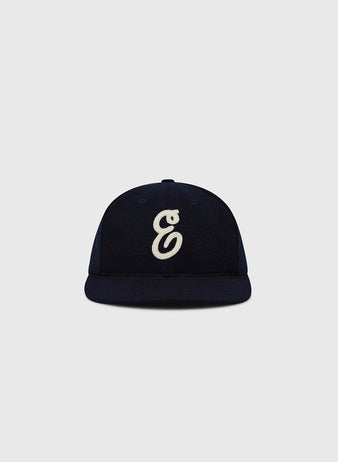Shop All
Los Angeles Dodgers 1958 MLB Authentic Wool Ballcap
$68
Philadelphia Phillies 1964 MLB Authentic Wool Ballcap
$68
Los Angeles Angels (PCL) 1942 Logo Cotton Twill Ballcap
$41 USD
$58 USD30% off
Los Angeles Angels (PCL) 1942 Logo Cotton Twill Ballcap
$58
Santurce Cangrejeros Mesh V-Neck Jersey
$76 USD
$108 USD30% off
Santurce Cangrejeros Mesh V-Neck Jersey
$108
Owl Drug 1941 Authentic Wool Ballcap
$48 USD
$68 USD30% off
Owl Drug 1941 Authentic Wool Ballcap
$68
Brooklyn Eagles 1935 Authentic Wool Ballcap
$48 USD
$68 USD30% off
Brooklyn Eagles 1935 Authentic Wool Ballcap
$68
New Arrivals
Babe Ruth Bustin' Babes Authentic Wool Ballcap
$48 USD
$68 USD30% off
Babe Ruth Bustin' Babes Authentic Wool Ballcap
$68
New Arrivals
Tokyo Giants 1953 Cotton Twill Baseball Jersey
$160 USD
$228 USD30% off
Tokyo Giants 1953 Cotton Twill Baseball Jersey
$228
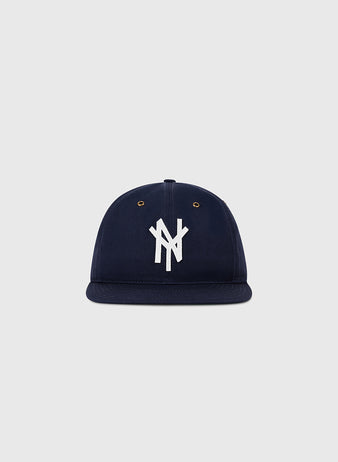
New Arrivals
New York Mammoths Felt "NY" Cotton Twill Ballcap
$41 USD
$58 USD30% off
New York Mammoths Felt "NY" Cotton Twill Ballcap
$58
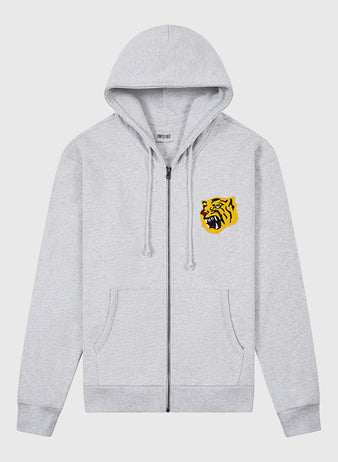
New Arrivals
Osaka Tigers Heavyweight Cotton Terry Full-Zip Hoodie
$111 USD
$158 USD30% off
Osaka Tigers Heavyweight Cotton Terry Full-Zip Hoodie
$158
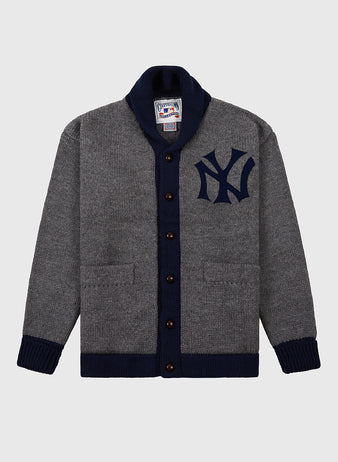
The MLB Collection
New York Yankees 1922 Wool Shawl Collar Sweater
$277 USD
$395 USD30% off
New York Yankees 1922 Wool Shawl Collar Sweater
$395
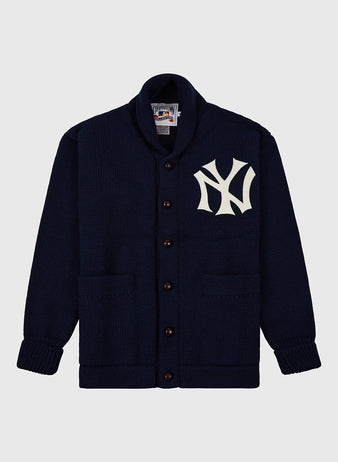
The MLB Collection
New York Yankees 1922 Wool Shawl Collar Sweater
$277 USD
$395 USD30% off
New York Yankees 1922 Wool Shawl Collar Sweater
$395
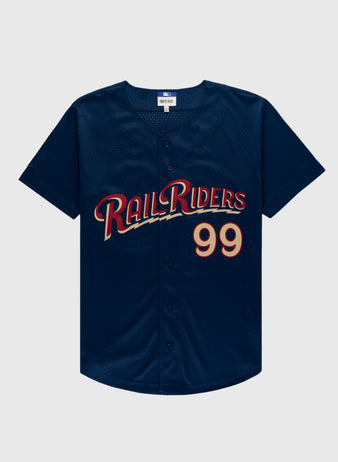
Aaron Judge Scranton/Wilkes-Barre Railriders Mesh Button-Up Jersey
$90 USD
$128 USD30% off
Aaron Judge Scranton/Wilkes-Barre Railriders Mesh Button-Up Jersey
$128
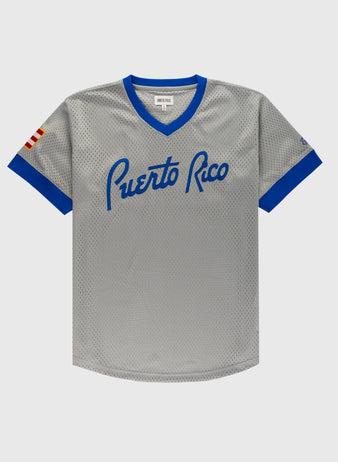
Puerto Rico 1958 National Team Mesh V-Neck Jersey
$76 USD
$108 USD30% off
Puerto Rico 1958 National Team Mesh V-Neck Jersey
$108
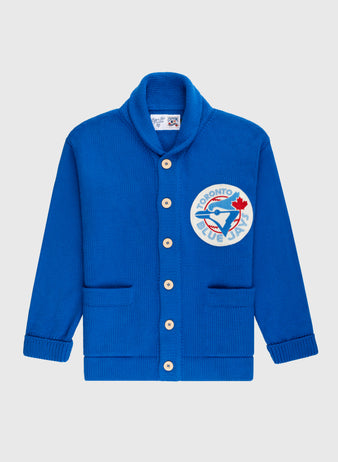
The MLB Collection
Toronto Blue Jays 1977 Wool Shawl Collar Sweater
$277 USD
$395 USD30% off
Toronto Blue Jays 1977 Wool Shawl Collar Sweater
$395
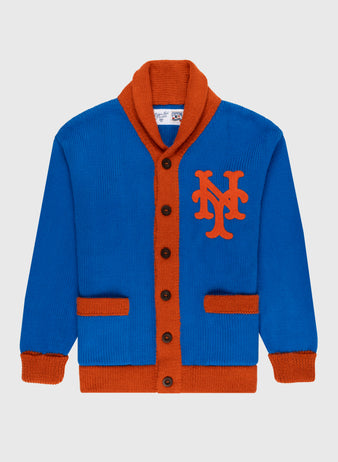
The MLB Collection
New York Mets 1962 Wool Shawl Collar Sweater
$277 USD
$395 USD30% off
New York Mets 1962 Wool Shawl Collar Sweater
$395
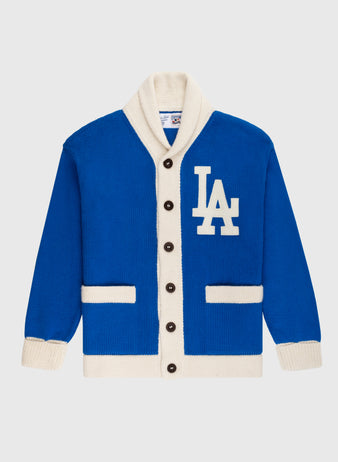
The MLB Collection
LA Dodgers 1958 Wool Shawl Collar Sweater
$277 USD
$395 USD30% off
LA Dodgers 1958 Wool Shawl Collar Sweater
$395
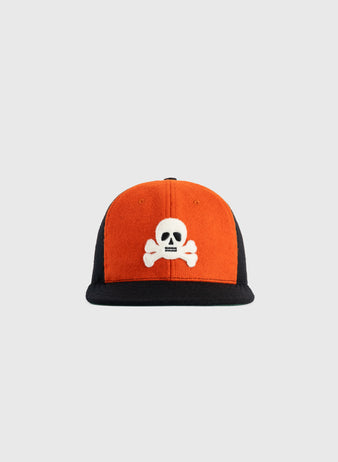
Sioux City Ghosts 1935 Authentic Wool Softbrim Ballcap
$48 USD
$68 USD30% off
Sioux City Ghosts 1935 Authentic Wool Softbrim Ballcap
$68
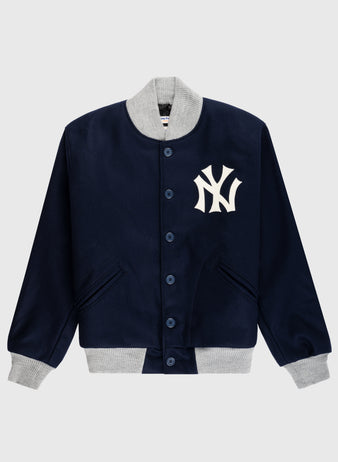
The MLB Collection
New York Yankees 1936 Authentic All Wool Varsity Jacket
$417 USD
$595 USD30% off
New York Yankees 1936 Authentic All Wool Varsity Jacket
$595
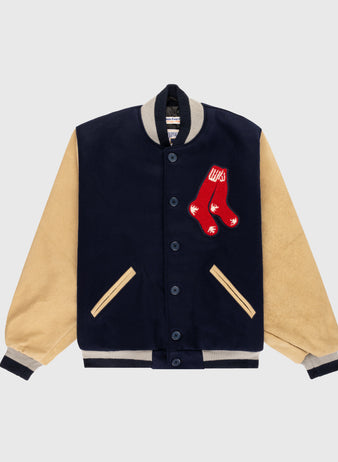
The MLB Collection
Boston Red Sox 1938 Authentic Wool & Suede Leather Varsity Jacket
$417 USD
$595 USD30% off
Boston Red Sox 1938 Authentic Wool & Suede Leather Varsity Jacket
$595
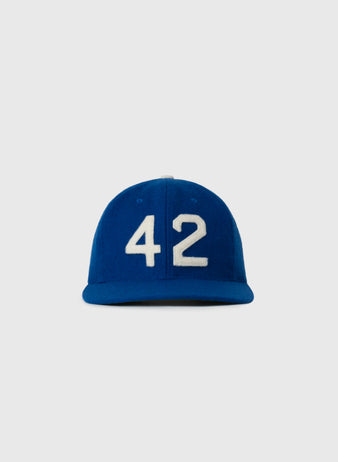
The MLB Collection
Jackie Robinson Day Commemorative Wool Ballcap
$48 USD
$68 USD30% off
Jackie Robinson Day Commemorative Wool Ballcap
$68
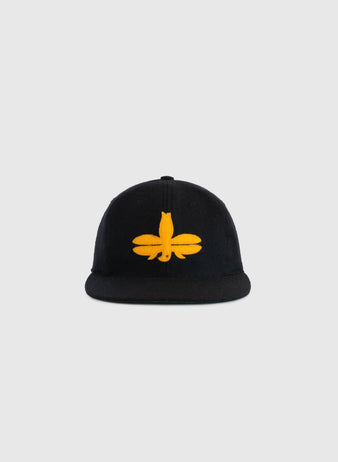
Tombow Unions 1955 Authentic Wool Ballcap
$48 USD
$68 USD30% off
Tombow Unions 1955 Authentic Wool Ballcap
$68
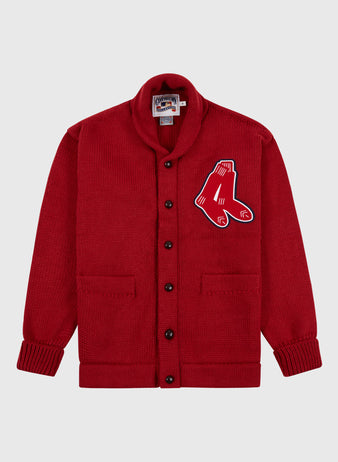
The MLB Collection
Boston Red Sox 1924-1960 Wool Shawl Collar Sweater
$277 USD
$395 USD30% off
Boston Red Sox 1924-1960 Wool Shawl Collar Sweater
$395
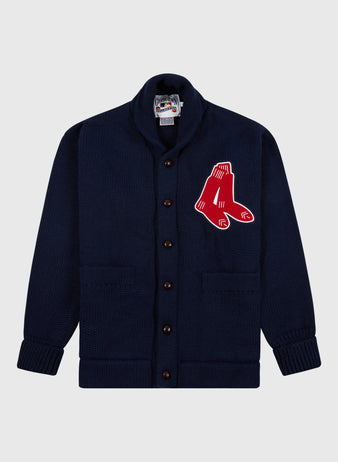
The MLB Collection
Boston Red Sox 1924-1960 Wool Shawl Collar Sweater
$277 USD
$395 USD30% off
Boston Red Sox 1924-1960 Wool Shawl Collar Sweater
$395

Tokyo Giants 1951 Authentic Wool Ballcap
$48 USD
$68 USD30% off
Tokyo Giants 1951 Authentic Wool Ballcap
$68
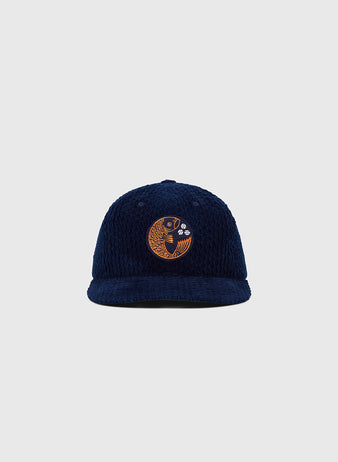
Hiroshima Carp Japanese Indigo Corduroy Ballcap
$68
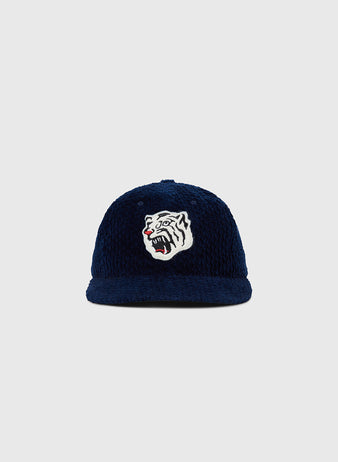
Osaka Tigers Japanese Indigo Corduroy Ballcap
$68
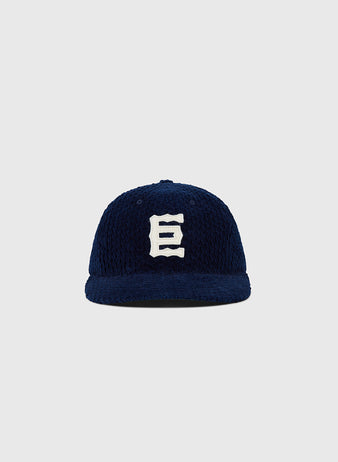
Tokyo Giants Japanese Indigo Corduroy Ballcap
$68
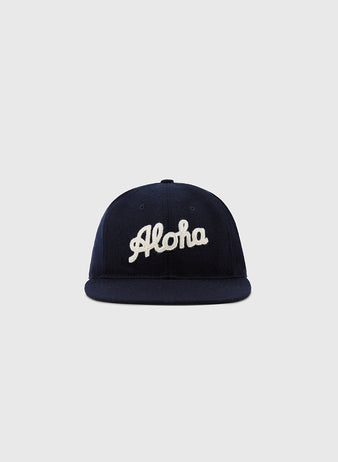
New Arrivals
Aloha 100th Infantry 1942 Authentic Ballcap Navy
$48 USD
$68 USD30% off
Aloha 100th Infantry 1942 Authentic Ballcap Navy
$68
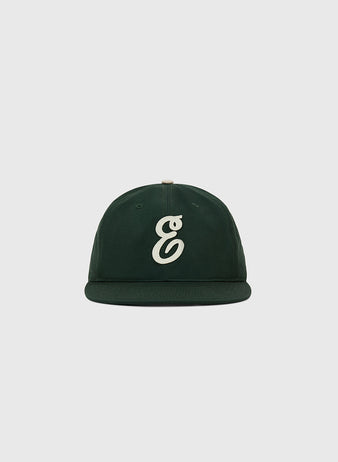
New Arrivals
Ebbets Felt 'E' Cotton Twill Ballcap
$38 USD
$54 USD30% off
Ebbets Felt 'E' Cotton Twill Ballcap
$54

New Arrivals
Paris Red Peppers Cotton Twill Ballcap
$41 USD
$58 USD30% off
Paris Red Peppers Cotton Twill Ballcap
$58
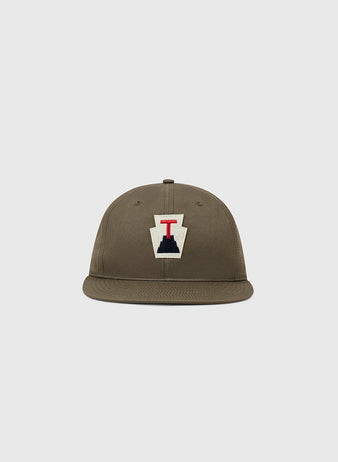
New Arrivals
Tabasco Plataneros Cotton Twill Ballcap
$41 USD
$58 USD30% off
Tabasco Plataneros Cotton Twill Ballcap
$58
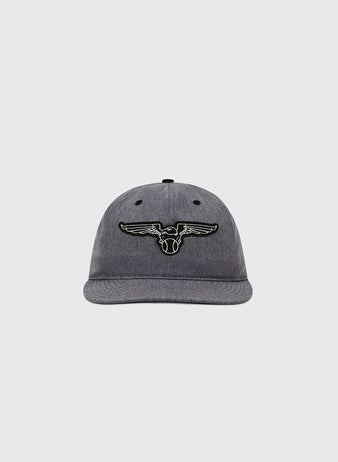
New Arrivals
Newark Eagles Cotton Twill Ballcap
$41 USD
$58 USD30% off
Newark Eagles Cotton Twill Ballcap
$58
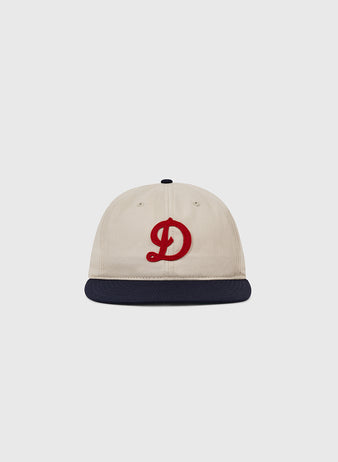
New Arrivals
Detroit Stars Cotton Twill Ballcap
$41 USD
$58 USD30% off
Detroit Stars Cotton Twill Ballcap
$58
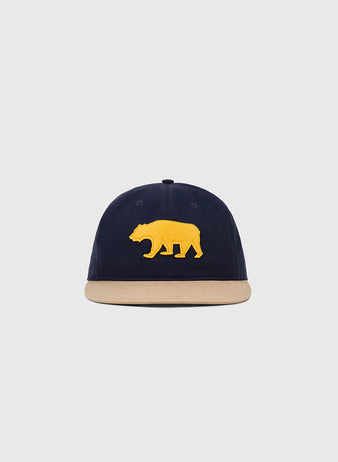
New Arrivals
Mission Bears Cotton Twill Ballcap
$41 USD
$58 USD30% off
Mission Bears Cotton Twill Ballcap
$58
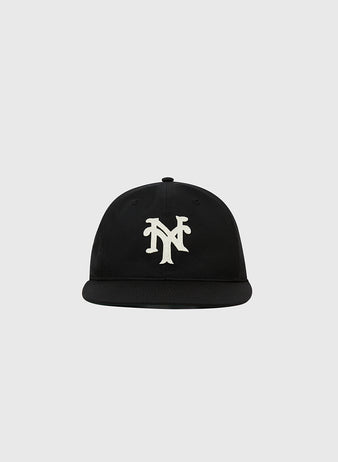
New Arrivals
New York Cubans Cotton Twill Ballcap
$41 USD
$58 USD30% off
New York Cubans Cotton Twill Ballcap
$58
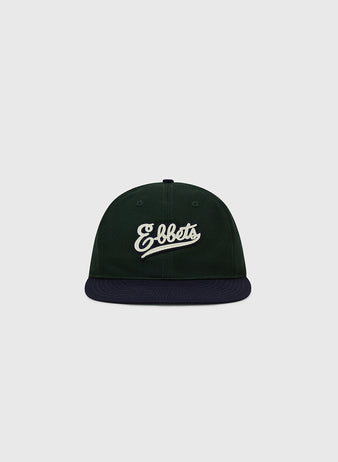
New Arrivals
Ebbets Felt Script Cotton Twill Ballcap
$38 USD
$54 USD30% off
Ebbets Felt Script Cotton Twill Ballcap
$54
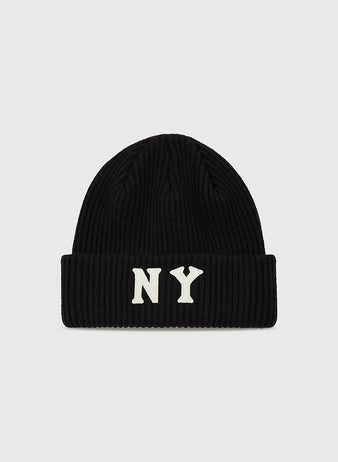
New Arrivals
New York Black Yankees Felt Logo Ribbed Beanie
$27 USD
$38 USD30% off
New York Black Yankees Felt Logo Ribbed Beanie
$38
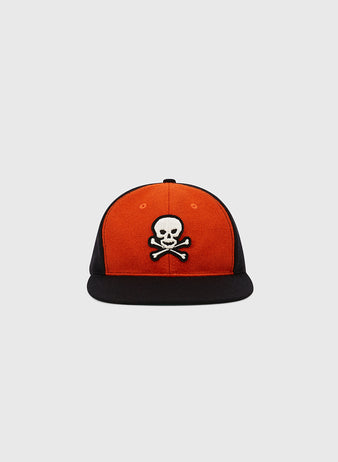
New Arrivals
Sioux City Ghosts Vintage Inspired Wool Ballcap
$48 USD
$68 USD30% off
Sioux City Ghosts Vintage Inspired Wool Ballcap
$68
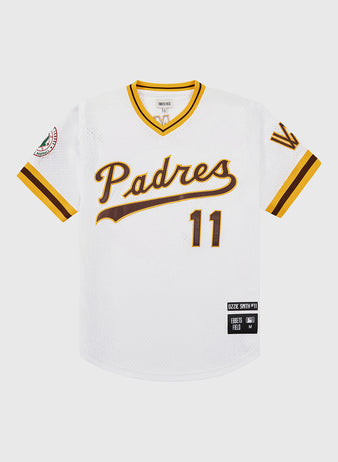
Ozzie Smith Walla Walla Padres Mesh V-Neck Jersey
$76 USD
$108 USD30% off
Ozzie Smith Walla Walla Padres Mesh V-Neck Jersey
$108
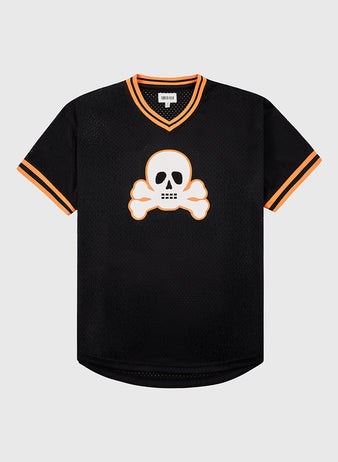
Sioux City Ghosts Mesh V-Neck Jersey
$76 USD
$108 USD30% off
Sioux City Ghosts Mesh V-Neck Jersey
$108
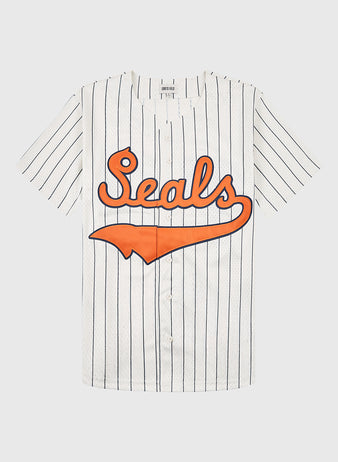
San Francisco Seals 1940 Mesh Button-Up Jersey
$90 USD
$128 USD30% off
San Francisco Seals 1940 Mesh Button-Up Jersey
$128
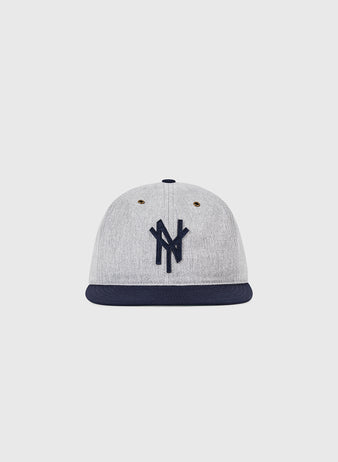
New Arrivals
New York Mammoths Felt "NY" Cotton Twill Ballcap
$41 USD
$58 USD30% off
New York Mammoths Felt "NY" Cotton Twill Ballcap
$58
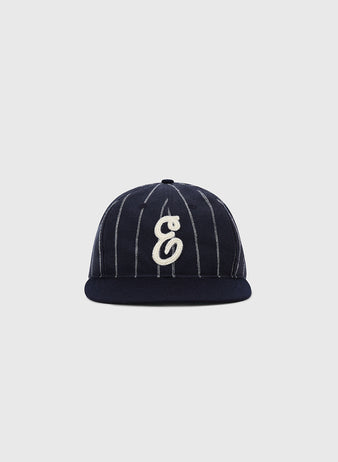
New Arrivals
Ebbets Felt 'E' Wool Pinstripe Ballcap
$41 USD
$58 USD30% off
Ebbets Felt 'E' Wool Pinstripe Ballcap
$58
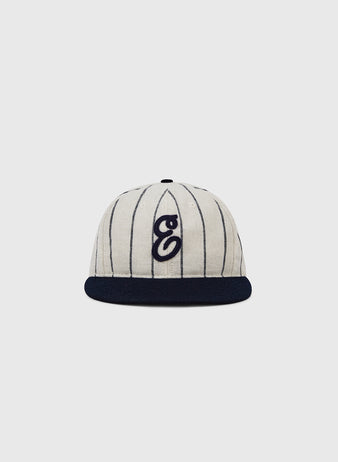
New Arrivals
Ebbets Felt 'E' Wool Pinstripe Ballcap
$41 USD
$58 USD30% off
Ebbets Felt 'E' Wool Pinstripe Ballcap
$58

